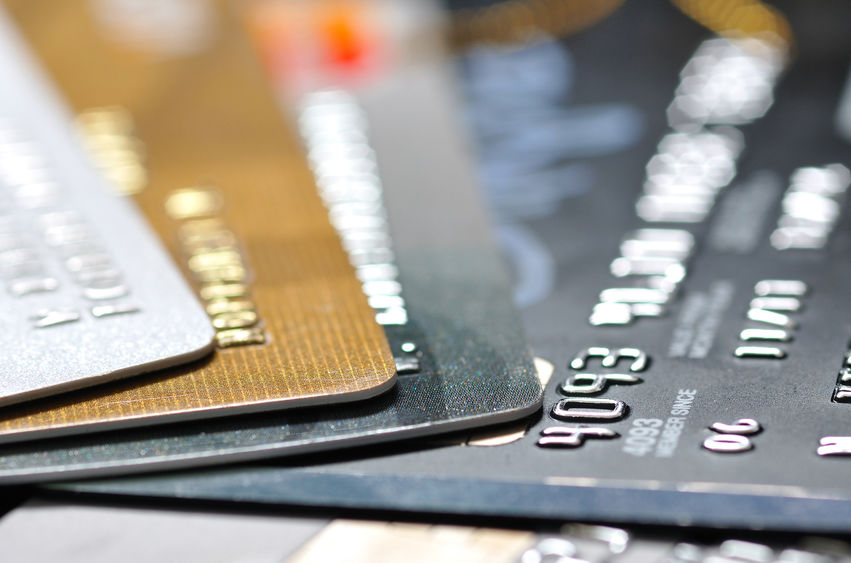 Credit cards were introduced in the 1950s, and as they gained popularity, the national debt balance steadily rose. That small, flat, rectangular plastics we all carry about are like little demons in our wallets. “Swipe your card,” it says when you see a gorgeous dress that’s way beyond your means. Or it convinces you to use it to pay for a vacation you’ll end up repaying for years.
Credit cards were introduced in the 1950s, and as they gained popularity, the national debt balance steadily rose. That small, flat, rectangular plastics we all carry about are like little demons in our wallets. “Swipe your card,” it says when you see a gorgeous dress that’s way beyond your means. Or it convinces you to use it to pay for a vacation you’ll end up repaying for years.
As of September 2020, the total U.S. outstanding credit debt stood at $915 billion, with a mean credit card debt of U.S. households of approximately $5,700. In this article, we delve into deeper details about credit card debt.
What is Credit Card Debt?
Credit card debt is a type of revolving debt that allows you to keep on borrowing month after month as long as you make payments that ensure you do not exceed your credit limit. Consequently, credit card debt refers to the accumulated outstanding balances that many borrowers carry over from month to month.
Credit cards were introduced to enable borrowers to make purchases with deferred payments over time. While this is a lifesaver in some scenarios, many people end up misusing their credit card(s) and end up in debt.
Because credit card debts aren’t backed by collateral, they carry some of the industry’s highest interest rates. According to WalletHub’s Credit Card Landscape Report, the average credit card interest rate is 17.87% for new offers and 14.58% for existing accounts.
How Credit Card Debt Works
Credit card debt is unsecured, meaning that it’s not backed by any of your property like a mortgage or auto loan. While you’re unlikely to lose any of your property if you refuse to pay, your credit score will take a severe hit.
Anytime you fail to clear off your credit card debt, your balance is carried over to the month. And for that, you are charged interest in the form of an annual percentage rate (APR) – typically a variable-rate APR.
For instance, if you have an average daily purchase balance of $1,500 at the end of your 30-day billing cycles at a variable APR of 15.99%, your interest charge for this billing cycle will be $19.80.
Credit card issuers typically require you to make at least a minimum payment monthly. This minimum amount is usually defined as a fraction of your balance – typically 1 to 2% – in addition to other charges that may apply.
Ensuring you minimize your credit card debt is the only effective way to keep it under control. Once your credit debt gets out of hand, the effect of compound interest exacerbates your financial situation.
Is My Credit Card Debt Too Much?
Knowing when your credit card debt is getting out of hand is the first step towards ensuring you keep it under control. There are three important metrics to help with that:
- Credit utilization ratio greater than 30%
Your credit utilization ratio is the amount of revolving credit card you’re currently using divided by the total amount of revolving credit you have available. Having a CUR greater than 30% will hurt your credit score.
- Debt-to-income ratio greater than 40%
Your debt-to-income ratio is all your monthly debt payments divided by your gross monthly income. Having too much credit card debt will invariably raise your DTI ratio, and anything above 40% will make it difficult to secure approval for new loans.
- Credit card debt ratio greater than 10%
If you have to pay more than 10 percent of your monthly income to make only the required minimum payment on your credit card, then you have too much credit card debt.
Tips to Manage Your Credit Card Debt
When used wisely credit cards can be a great financial tool. Here are some tips to bear in mind with regards to credit card debts.
- Before taking out a credit card, ensure that the issuer offers relatively favorable terms. Also, ensure that you will be able to meet up to all the terms and conditions.
- Define a spending rule for your credit cards. That way, you can resist the temptation to make impulse purchases.
- Paying only the minimum payment will significantly increase the amount you’ll pay in interest and also extend the duration of repayment. Conventional wisdom asks you to pay at least double your minimum payment.
- Avoid missing payments. This will not only hurt your credit score but will also trigger late payment penalties. Set up a calendar reminder or automate payments to ensure you do not forget.
- Closely monitor your credit card accounts weekly so you can keep track of your spending habit. But more importantly, the rapidly declining debt might be the motivation you need to continue on the right track.
- Ensure that you have an emergency fund. A reserve to cover your living expenses for three to six months is ideal. That way, you won’t have to live off your credit card should an emergency arise.
- Seek advice from a non-profit counseling service should you feel overwhelmed by your credit card debt.
Contact us today for more information. We’re here to help.

